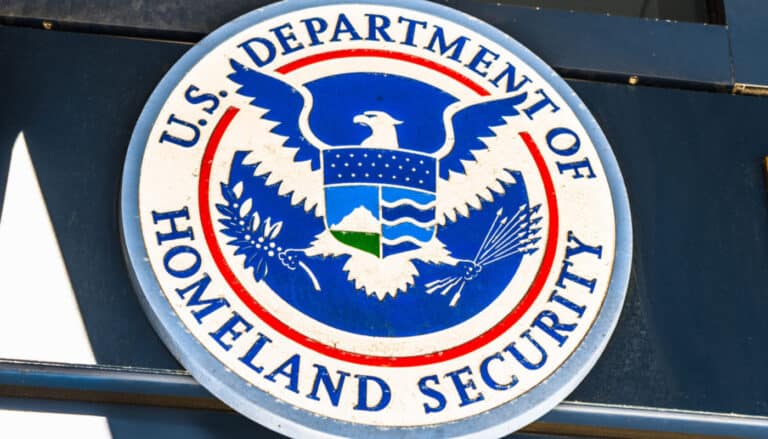As the COVID-19 pandemic continues into 2021, businesses are still concerned about the best available lawful methods they can utilize to protect the health and safety of their workers and customers/clients. By now, employers in South Dakota are aware that the COVID-19 vaccine is becoming available to individuals throughout the United States and the world. A frequent question among employers is whether they can lawfully require their employees to obtain the COVID-19 vaccine as a condition of employment. Another related question is whether they can lawfully recommend, but not mandate, that their employees obtain the COVID-19 vaccine.
Last year, the federal Equal Employment Opportunity Commission (“EEOC”) explained in its guidance that employers were permitted to both screen their employees (such as taking the temperature of an individual) and test their employees for COVID-19 before they entered the workplace, to determine whether they have the COVID-19 virus.
The EEOC made it clear that it may exclude those individuals from the workplace who either have COVID-19, or have symptoms associated with the virus, because their presence would present a direct threat to the health or safety of others. The Centers for Disease Control (“CDC”) identified a list of COVID-19 symptoms, including fever, chills, cough, shortness of breath, and sore throat.
The most recent guidance from the EEOC came in December 2020, and makes it clear that employers are permitted to require employees to be vaccinated before returning to the workplace. However, although the EEOC has condoned employer-mandated COVID-19 vaccines, it may be a best practice for employers to simply encourage their employees to obtain the vaccine, rather than requiring them to get it. This is because a mandatory scheme implicates potential Americans with Disabilities Act (“ADA”) issues that need to be considered before making a program of vaccinations mandatory.
The first issue to consider for a mandatory COVID-19 vaccine program is whether a vaccine constitutes a “medical exam” for purposes of the ADA. The EEOC answered this question in its Technical Assistance Questions and Answers by stating “no – the vaccination itself is not a medical examination.” The EEOC went on to state “if a vaccine is administered to an employee by an employer for protection against contracting COVID-19, the employer is not seeking information about an individual’s impairments or current health status, and therefore, it is not a medical examination.”
The second issue to consider is whether any further questioning of employees related to the COVID-19 vaccine could implicate the ADA’s standards for disability-related inquiries. As the CDC indicated, health care providers should ask certain questions of an individual before administering a vaccine to ensure that there is no medical reason that would prevent the person from receiving the vaccination. The EEOC stated that these types of pre-screening questions do invoke the ADA and its standards because they are likely to elicit information about a person’s disability, and are therefore “disability-related.”
According to the ADA standard, the employer must then show that these disability-related screening inquiries are “job-related and consistent with business necessity.” In order to meet this standard, the EEOC states that “an employer would need to have a reasonable belief, based on objective evidence, that an employee who does not answer the questions, and therefore does not receive a vaccination, will pose a direct threat to the health or safety of her or himself or others.” The EEOC instructs employers to conduct an individualized assessment concerning a direct threat, such as (1) the duration of the risk; (2) the nature and severity of the potential harm; (3) the likelihood that the potential harm will occur; and (4) the imminence of the potential harm.
One more item about mandatory vaccine programs: employers will also need to consider potential employee requests for accommodations, such as on account of a disability or sincerely held religious practice or belief. If an employee states that he or she cannot get vaccinated because of a disability or sincerely held religious belief, practice, or observance, the employer will need to explore through the reasonable accommodation process whether there is a possible accommodation that will not cause the organization an undue hardship (e.g., a remote work arrangement).
If there is no reasonable accommodation possible, the employer may lawfully exclude the worker from the workplace. However, the employer should not automatically terminate the worker, as it would need to determine if any other rights apply under other Equal Employment Opportunity laws or other federal, state and local rules or regulations.
To avoid the above potential application of the ADA, an employer can simply choose to not make its vaccine program mandatory, and instead, offer a vaccination to its employees on a voluntary basis (meaning the employees choose whether to receive the vaccine). In this case, the ADA requires that the employee’s decision to answer pre-screening, disability-related questions also must be voluntary. If an employee chooses not to answer these questions, then the employer may decline to administer the vaccine, but may not retaliate against or threaten the employee for refusing to answer any questions.
In addition, if an employee receives the vaccination from a third-party (e.g., a pharmacy), the ADA’s “job-related and consistent with business necessity” standard on disability-related inquiries will not apply. Also, an employer simply asking an employee to show proof of receipt of a COVID-19 vaccine is not a disability-related inquiry because merely requesting such proof is not likely to elicit information about someone’s disability. Employers do need to be careful not to ask any follow-up questions of the employee, such as why they did not receive the vaccine, as it may elicit information about a person’s disability and, therefore, be subject to the ADA standard of “job-related and consistent with business necessity.”
One final point about vaccines and any potential employee medical information obtained in the course of the vaccine program: employers are required to keep such information confidential and separate from the employee’s regular personnel file, in accordance with the ADA.
In summary, each employer will have to think about the costs and benefits of potentially implementing a mandatory vaccine program, considering the nature of its business and products or services it provides (for example, health care entities are one type of unique and specialized business that may want to make the vaccine mandatory due to concerns about health care workers’ and patients’ health and safety).
And while the EEOC has put its stamp of approval on employer-mandated COVID-19 vaccines, it may be a best practice for employers to simply encourage their employees to obtain the vaccine, rather than requiring them to get it. In that way, the employer will have employees’ “buy-in” which will increase employee engagement due to their voluntary choice (rather than feeling forced to get the vaccine) and avoid some of the more burdensome ADA requirements.
For more information on COVID-19 and the ADA, visit:
https://www.eeoc.gov/wysk/what-you-should-know-about-covid-19-and-ada-rehabilitation-act-and-other-eeo-laws
Please contact attorney Jennifer S. Frank at (605) 791-6450 for further information or questions.











